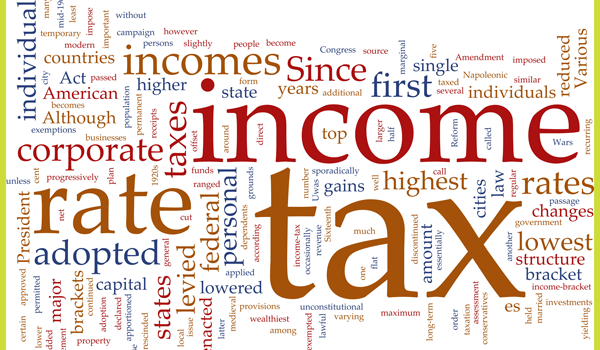How to Save Tax
 It’s that time of the year again, the New Year parties are but a memory, the festive season is on a hiatus for the next few months! The financial year is drawing to a close, which means it’s time to press the button – only, this time it’s not marked ‘panic’ but SAVE.
It’s that time of the year again, the New Year parties are but a memory, the festive season is on a hiatus for the next few months! The financial year is drawing to a close, which means it’s time to press the button – only, this time it’s not marked ‘panic’ but SAVE.
Aligning your tax saving instruments with long-term investments will help you realize your financial goals. Then again, for those of us who make last minute decisions, for every tax saving investment that we miss, there is that dreaded salary cut in Feb and March. So how does one avoid that? Where do we invest?
Firstly, a round-up of regulations that have changed from last year:
- The limit under Section 80C went up from INR 1,00,000 to INR 1,50,000, So that’s 50,000 more to save and reduce tax on
- The limit on investment under PPF has also been similarly increased.
- Income tax exemption limit is now at INR 2,50,000, up by INR 50,000
- Deduction limit on interest on loan for self-occupied homes raised to INR 2 lakh from INR 1.5 lakh
Depending on your tax slab, you could reduce your tax by 10,000 to 25,000 rupees this year based on the above developments.
Here are some tips to make the most of investments, to save tax this year.
- Medical insurance – A personal medical insurance family floater policy helps in the long run. Apart from providing a cushion to safeguard against unplanned medical emergencies, separate policies for self/ spouse/ children and parents above the age of 60 helps in saving tax under 80D to the tune of INR 35,000.
- Preventive health checks – Upto INR 5,000 can be claimed as tax exemption for spends on preventive health checks for self and dependants.
- NPS – While the New Pension Scheme is not as popular it is touted to be the next big thing. NPS provides another investment option with a pure focus on retirement planning. The catch – you can open an NPS account only through your organization, before the age of 60.
- Short-term – If you want a shorter lock-in period compared to PF, you could go for a tax saving fixed deposit with a bank or a National Savings Certificate (5 years).
- Education loans – Interest on education loans are also exempted under section 80E. These could be for self or dependants and can be claimed for up to 5 years of repayment
- Life insurance – Unit linked policies or term covers are both popular in this 80C category instrument. Take a policy with an organization that ensures good repayment track records and is in line with your existing and short-term future liabilities (For example: Take a 50 lakh rupee life cover policy if you have an outstanding housing loan of 30 lakhs, a car loan of 5 lakhs and a personal loan of 15 lakhs). You may also add an optional accident cover clause in the policy.
- Equity schemes – Although this tax saving instrument has not done very well in the past, it has become a raging favourite of the year since stock markets climbed to record highs. Equity linked savings schemes have a 3 year lock-in period but are subject to market risks. So choose your fund wisely and with a proven track record of over 3 years. If you are testing the equity markets for the first time, there is the RGESS where you can invest INR 50,000 for a INR 25,000 reduction in taxable income
- The little things – Your medical bills will help you reduce taxable income by up to INR 15000 p.a. Rent receipts and rental agreements (don’t forget to renew them on time) help as well. Your holiday bills help you save tax as well – twice every 4 calendar years you can claim your holiday travel expenditure up to pre-determined limits. You can also avail a small deduction on the tuition fees of your children.
The right planning comes from staying in tune with your finances. Use a personal finance manager to help understand incomes and expenditures, availability of surplus, for better prediction of category wise expenditures.